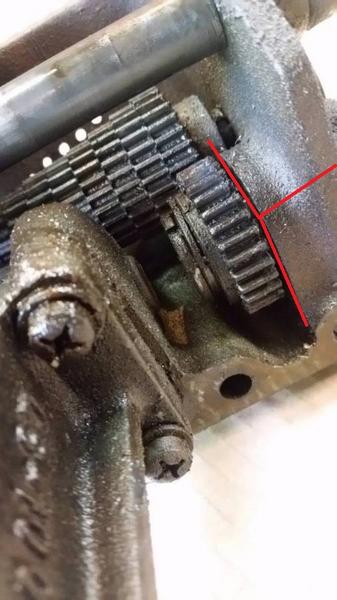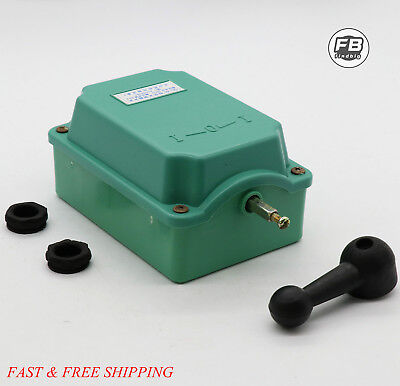- Joined
- Dec 3, 2017
- Messages
- 1,909
I hate to muddy the waters, but there are several considerations to account for when repowering with a dc motor. If you can find a decent AC motor that’s affordable, I’d just do that. I think for those who have done it successfully, some luck and research was involved. But you’ll just as easily spend a hundred bucks on two treadmills, both with incompatible, underpowered motors and controllers....and still be no further ahead. Ask me how I know.



